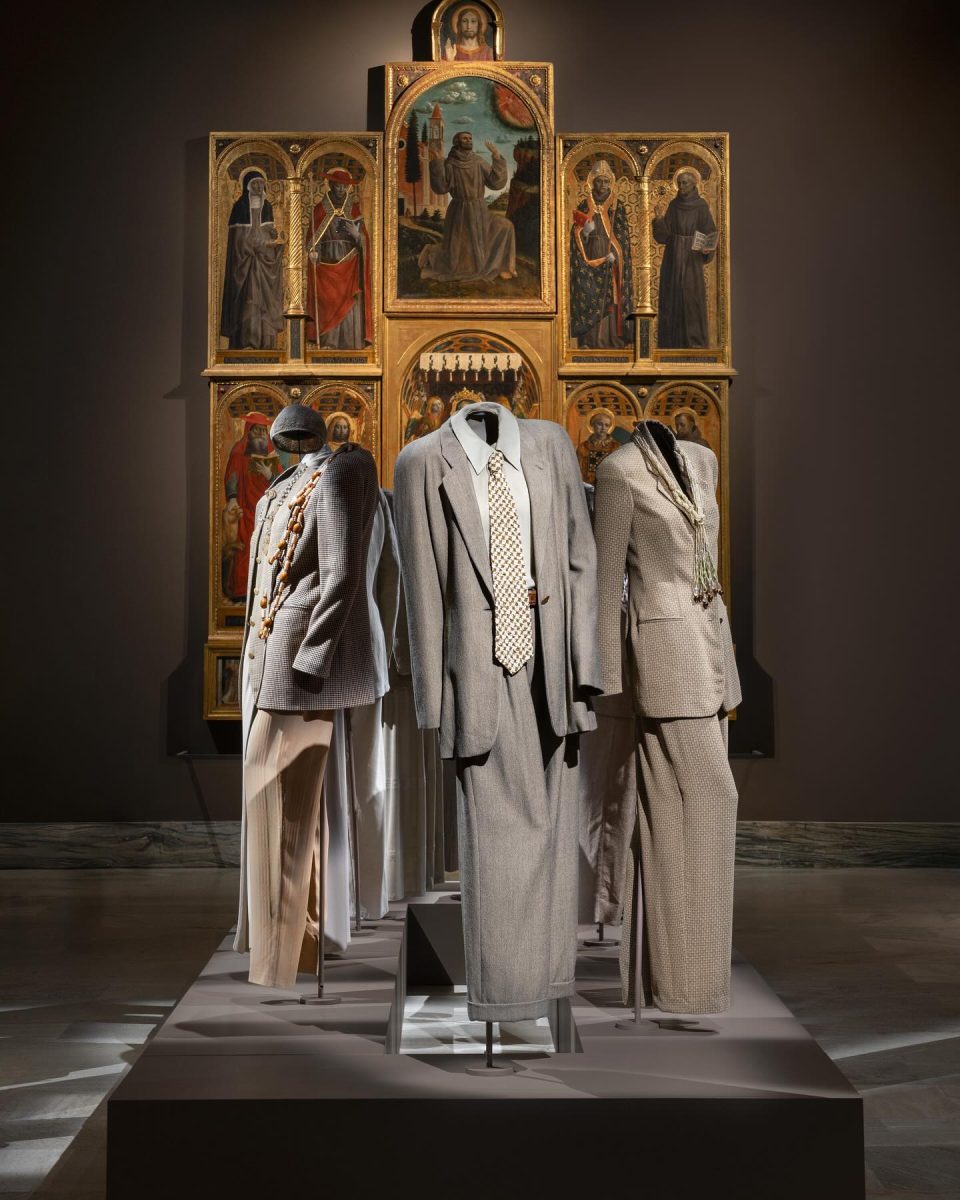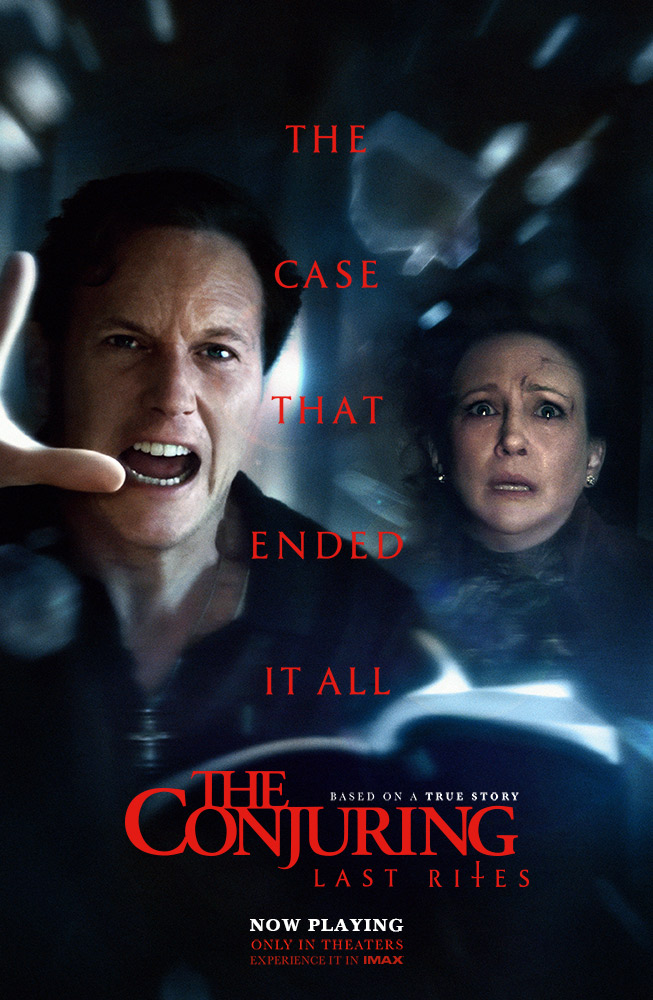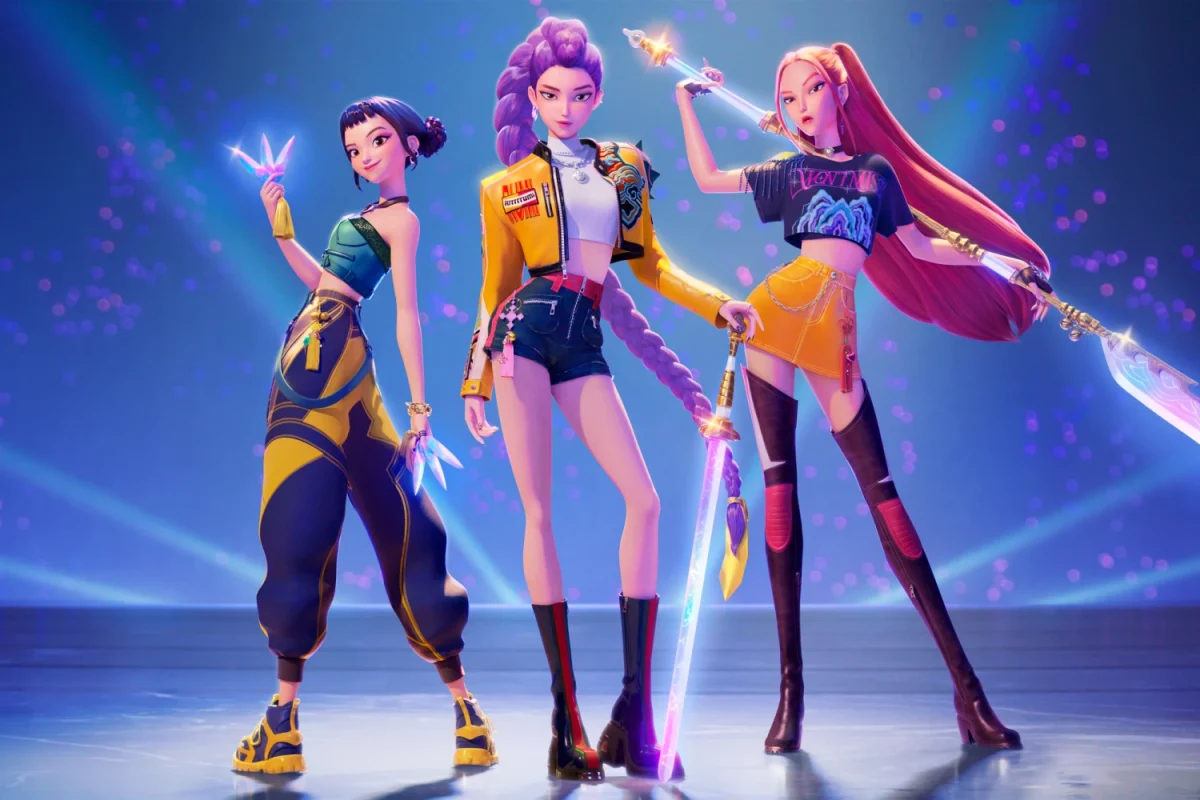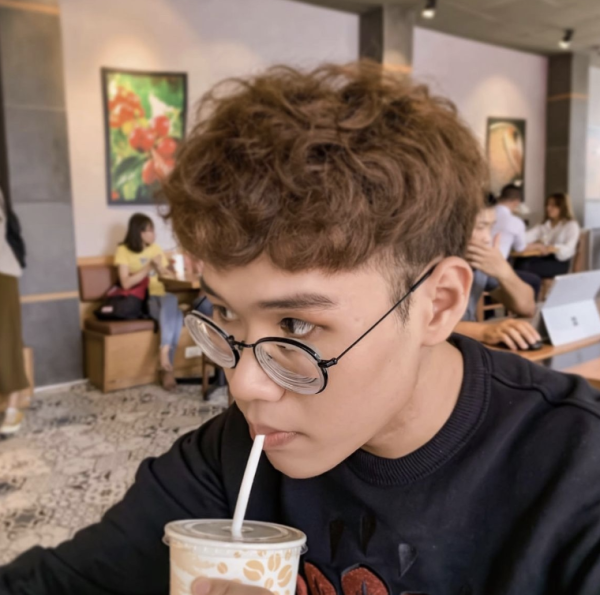September 27, 2024/midnight
Erie, Pa.– I found myself at odds with myself after binge-watching the new season of Emily in Paris. Since its premiere in 2020, the cheesy rom com about an American girl working at a French marketing agency in Paris (despite speaking no French) has dominated social media conversations. While audiences keep picking the show apart, we simply cannot stop watching.
One can confidently critique the show after just a single watch. Emily in Paris is presented as a frothy, capitalist fantasia where everything unrealistically revolves around the protagonist. After four seasons, the show reveals little depth beyond its fantasy setting in foreign locations, where nothing terribly bad can happen to the charming lead. Language and cultural barriers are minor concerns for Emily, as the show tends to focus more on her (messy) relationships with attractive men across Europe (yes, Emily is quite international).
The show has faced significant criticism since its first season. Audiences complain about how irrelevant and unrelatable the show is. Emily’s work life is idealistically smooth; despite some hiccups here and there, she always manages to succeed. Some question her monthly paycheck, given that she always dresses in Chanel, Balmain, or Valentino (several posts circulating on social media instructing how to dress like Emily with more affordable options). Above all, some have pointed out the quirky, racist, and stereotypical portrayal of the French and French culture. The French in Emily in Paris appear as nothing more than professional haters who simply… hate everything.
While all the criticism continues, we cannot deny that Emily in Paris is commercially successful on certain levels. Even with universally negative reactions, the show still reached the Global Top 10 Netflix Shows. It also generates decent cultural and consumerist impacts, and more brands are taking note of the show. The latest season gives more airtime to luxury brands such as Ami Paris, Boucheron, Rimowa, Baccarat, and Augustinus Bader. But what the show excels at most is keeping the online conversations alive by creating a fun, whimsical, soap-opera-like story.
Emily and her world provide viewers with an escape from harsh reality. Series creator Darren Star is known for multiple iconic female characters in American television history, including Carrie Bradshaw from Sex and the City. Emily and Carrie share many similarities; they both live in big cities, have successful careers, and are surrounded by attractive, well-dressed men. Even when their lives are chaotic, they always look chic. Additionally, Emily in Paris is visually pleasing, presenting Paris as a magical city filled with light, beautiful architecture, exquisite cuisine, and, once again, hot, well-dressed men. Fashion is a definite plus for the show. Even if Emily’s taste is hit or miss, no one can ignore the consistent “je ne sais quoi” French chic embodied by Sylvie Grateau.
Although we might dislike Emily, we cannot ignore that we low-key want to be her. In an interview with Harper’s Bazaar, Star emphasizes how audiences emotionally engage with Emily, despite her disastrous romantic and career decisions. “You want to forgive these characters their flaws the way you would want to forgive yourself your flaws,” Star states. He also shares that the show was created for pure entertainment and escapism. “Why would anybody watch anything if not to be entertained?” Star exclaims.
This may be why Emily in Paris is ready for a fifth season. The show occupies a different side of the streaming spectrum. On one end, we have critically acclaimed, award-winning shows; on the other, we have Emily in Paris, with its simple, escapist story and pleasing visuals. Love it or hate it, the show and its creator really know how to pamper the audience. It presents a fantasy that not all of us have the privilege to experience in real life. So, we can follow her journey during dinner or before bed, jump on social media to discuss Emily’s messy relationships, and then dream about her life at night just to wake up and face reality the next morning.









